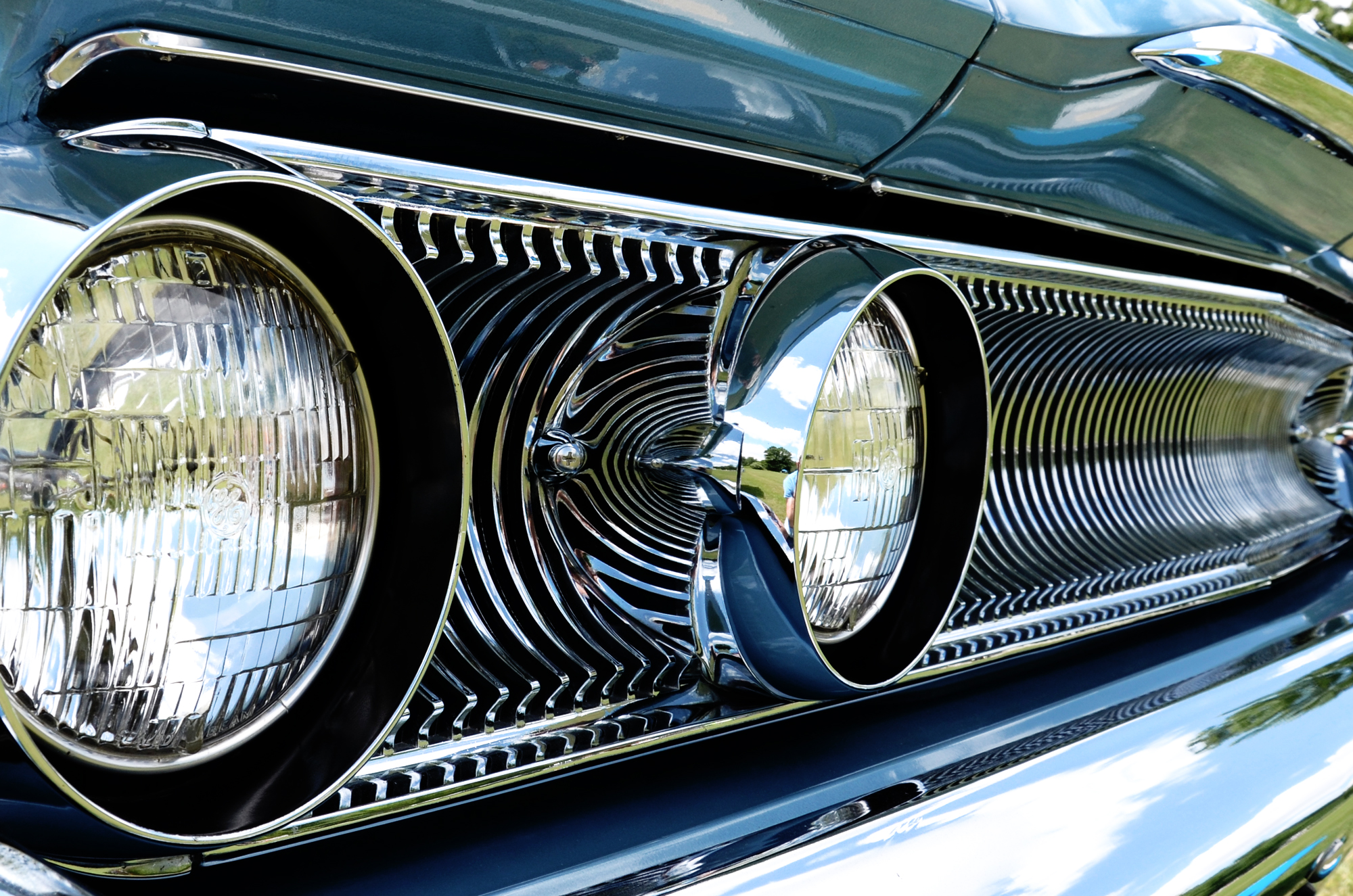Understanding what the difference is between a WordPress post and a page is key to move forward in the development of your website.
I remember when I had first started with WordPress how confusing the idea of post of a page really was to me. After hours of research, trial and error I learned a few things and what makes the difference between the two, so I thought I would be sure to share what I’ve learned with you.
![]() WordPress Post – Let talk about a post first. What makes a WordPress post? What are the differences between a post? What are categories and what are tags? Posts make up the idea of what could be considered blogs, however it doesn’t stop there. There was a theme that I was previously developing for a client that actually uses posts as products, then used articles as a post type for the same theme. Their categories were specific to the hot rod industry where users needed to search for products via Make, Model & Year. You can see this example at: www.fatmanfab.com
WordPress Post – Let talk about a post first. What makes a WordPress post? What are the differences between a post? What are categories and what are tags? Posts make up the idea of what could be considered blogs, however it doesn’t stop there. There was a theme that I was previously developing for a client that actually uses posts as products, then used articles as a post type for the same theme. Their categories were specific to the hot rod industry where users needed to search for products via Make, Model & Year. You can see this example at: www.fatmanfab.com
Here is an example of a category breakdown specific to this website:
Title: 1955 – 1957 Chevy Tri-Five Chassis
Category 1: Products / Chassis
Category 2: Year / 1955, 1955, 1957
Category 3: Make / Chevrolet
The idea here is if a user does not search specifically for their vehicle they will still be able to find the product by searching or filtering the category (or vehicle specifics) even further.
Posts do function with the idea of categories and tags. Categories are relational items of text specific to the blog. If there are enough categories blended with the blogs you create than you’ve got yourself another blog category. The blog category can then be its own URL, which would be similar to a page but more of a list of the blogs. Tags can actually work the same way, but a wider range of a broader category. Lets take this blog for example, and the main category being “Custom WordPress Website”.
To sum up a post, think of a Press Release that you want to highlight for your company. Imagine that you are releasing a new product to the market and you want to ensure you have it posted on your website. A press release is a post because the main category is press release, that way, if you ever have navigation in your website for “Press Releases” you would simply link to that category page. This category page would now act as a list of sorts to all of the press releases that you have posted to your website. The same idea can be true for blogs, or sub categories of blogs, etc.
WordPress Category – Blog / Custom WordPress Website – Blog would be the primary category, “Custom WordPress Website” is the secondary category and if there was a specific article (such as this one) it would be labeled “Posts” & another called “Page”. Then, whenever I created a new blog and it was similar or had the same categories I would use any of the above categories to build the category pages.
If we look at the URL structure for both categories they would look like this:
www.dustinface.com/category/blog/
www.dustinface.com/category/blog/custom-wordpress-website
Each of the new categories can also have their own custom URL, description and other SEO options within the dashboard/posts/categories.
![]() WordPress Page – Now lets talk about pages. What makes a WordPress page? What are the differences between pages? What are parent pages? The most important piece of this article is that pages are typically static pages that do not change over time. They are your “Contact Us”, “Services”, “About Us” or any other page that may be specific to your website. Next is understanding the “Parent” Page Attributes. Lets now take a look at an example of how a parent page would look:
WordPress Page – Now lets talk about pages. What makes a WordPress page? What are the differences between pages? What are parent pages? The most important piece of this article is that pages are typically static pages that do not change over time. They are your “Contact Us”, “Services”, “About Us” or any other page that may be specific to your website. Next is understanding the “Parent” Page Attributes. Lets now take a look at an example of how a parent page would look:
Parent Page:
- Services
- Service 1
- Service 2
- Service 3
- Additional Service 1
- Additional Service 2
What does this mean? What this means is that when you create pages you can actually have pages link to another and your URL will reflect that. This can also be the process in which you create your navigational menu.
Here is a URL example: www.yourwebsiteURL.com/services/service-1
In another segment of this blog I will discuss post types and permalinks and what may help you in deciding what is best for you. Follow my blog series of creating a custom WordPress website. Stay tuned and I will show you examples of how to customize your WordPress website the way that you see fit, I will give you examples of what I did and how you could use the same ideas to do your own customization.
See more on my latest blog…

Leave a Reply
You must be logged in to post a comment.